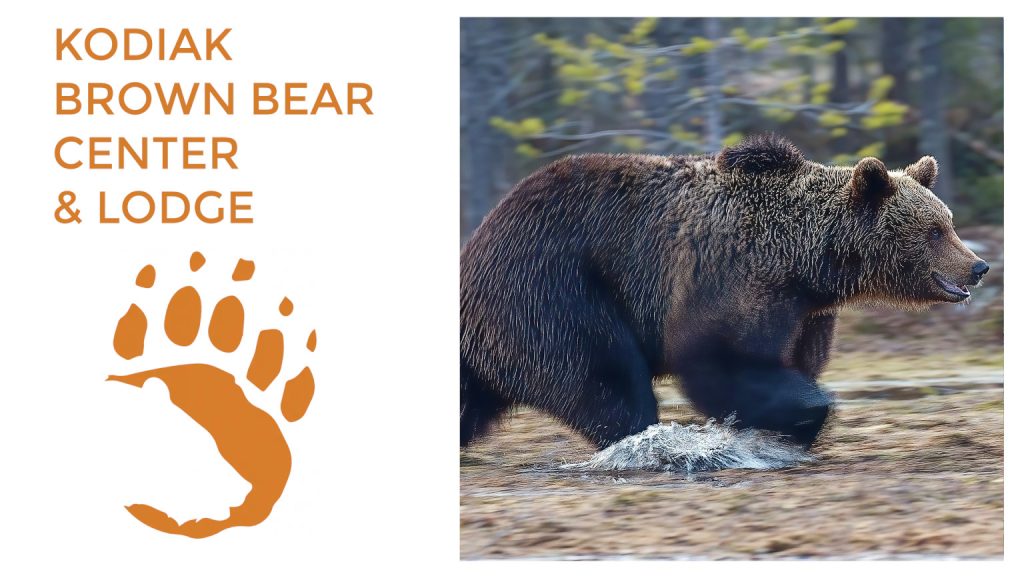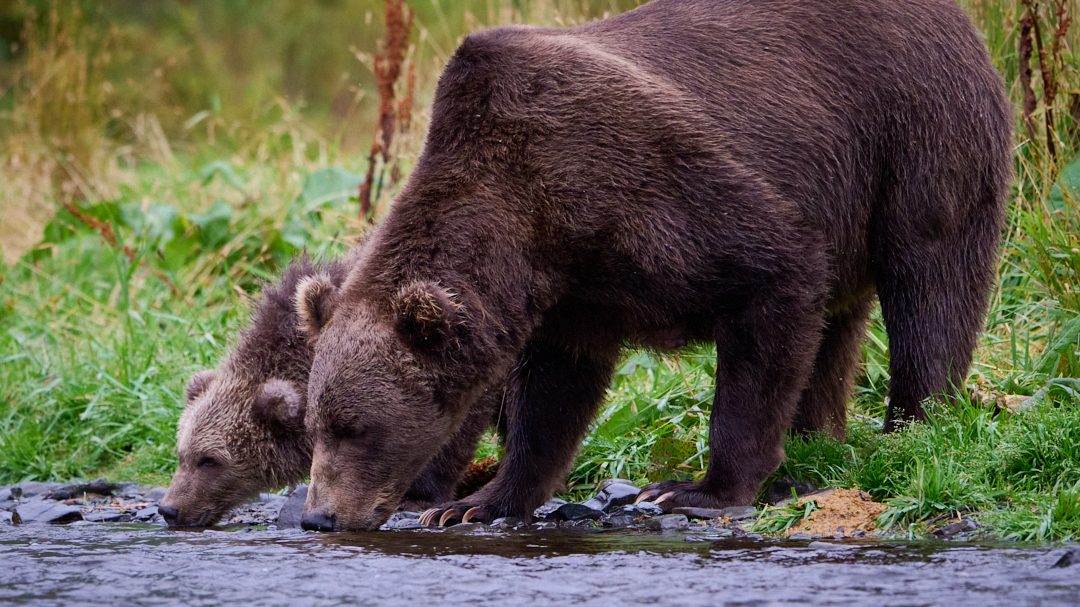
It’s a common question for wildlife enthusiasts: is a Kodiak bear just a really big grizzly? The answer lies in genetics, geography, and diet. While they are closely related, there are important distinctions that set them apart.
The Scientific Classification
Both Kodiak bears and grizzly bears belong to the same species: the brown bear (Ursusarctos). The key difference is that they are separate subspecies.
Grizzly Bear: The bears found across mainland North America are classified as Ursus\;arctos\;horribilis.
Kodiak Bear: The bears found exclusively on the islands of the Kodiak Archipelago in Alaska are classified as Ursus\;arctos\;middendorffi.
Think of it like Labradors and Golden Retrievers. Both are the same species (dog), but they are different breeds (subspecies) with distinct characteristics.

Why the Difference? Isolation and Diet
The primary reason for the separate classification is geographic isolation. The Kodiak bear population has been isolated from their mainland cousins for about 12,000 years, ever since the last ice age separated the islands from the mainland.
This isolation, combined with a uniquely rich and abundant food source, has driven their evolution. The Kodiak Archipelago offers a diet heavy in fatty fish, like salmon, along with lush vegetation and berries. This high-calorie diet allows Kodiak bears to grow much larger than mainland grizzlies.
Size: A large male grizzly might weigh up to 800 lbs (360 kg). A large male Kodiak, by contrast, can exceed 1,500 lbs (680 kg), making them the largest subspecies of brown bear in the world.
In short, a Kodiak bear is a brown bear that, thanks to its island home and rich diet, has evolved into a gigantic and distinct subspecies of its grizzly relative

Content Author & Alaska Photographer
I lead photography workshops at the Kodiak Brown Bear Center and create engaging, high-quality content for blogs and websites across Alaska and beyond. My deep passion for wildlife—especially Kodiak bears—continually inspires my work and fuels my storytelling.
